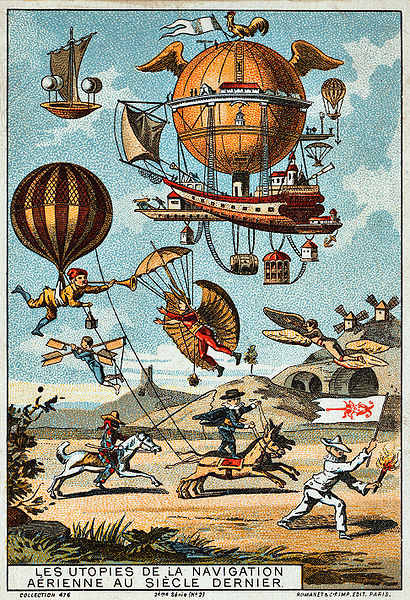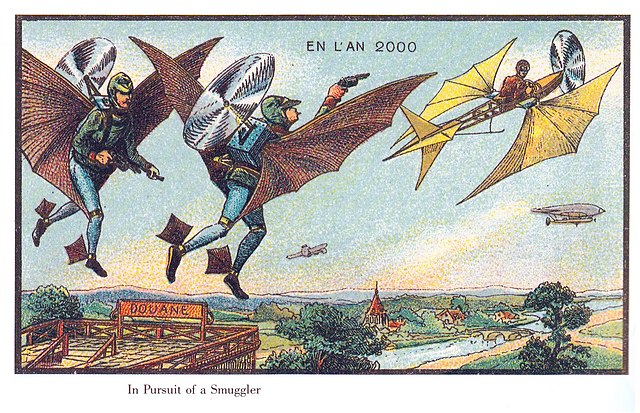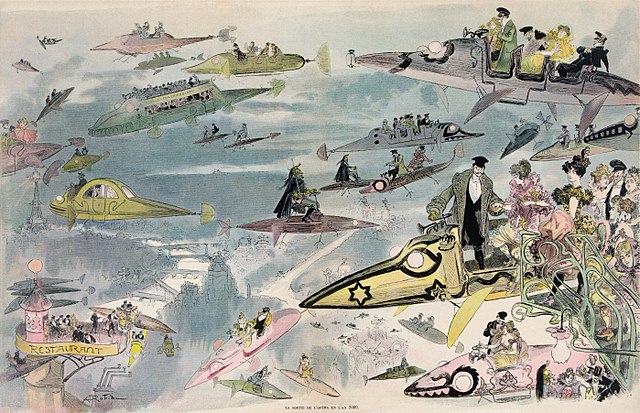
The Thammasat University Library owns a copy of Fahrenheit 451, a dystopian novel by American writer Ray Bradbury, published in 1953. The book is shelved on the Fiction Stacks of the Pridi Banomyong Library. The word dystopia derives from the ancient Greek language, meaning a bad place. The idea is to work towards a good and improved society by keeping in mind what may happen if things if thigns do not get better. A number of popular novels in the 20th century were based on the idea of dystopian societies. They include Brave New World by Aldous Huxley and 1984 by George Orwell. Copies of both of these novels by British authors are owned by the TU Library. Ray Bradbury’s Fahrenheit 451 is about an imaginary America in the future when books are forbidden and those that are found, are burned. The burning is done by civil servants called firemen, because in this future society, firemen are not expected to put out fires. They are the ones who are paid to set fires. TU science students may wonder about the scientific-sounding title Fahrenheit 451. It turns out that Bradbury thought that the temperature at which paper bursts into flame was 451 °F (233 °C). However, scientific studies state that the temperature at which paper starts to burn may range from 440 °F (227 °C) to 470 °F (243 °C). This temperature depends on the type of paper being used for any given experiment. The scientific detail about the title does not change the basic theme of the book. People who write or enjoy reading books are naturally concerned about a future society where books might be burned. Bradbury lived from 1920 to 2012, so the book burnings that may have made the most impression on him were done before World War II.
In the 1930s, the German Student Union ceremonially burned books in Nazi Germany and Austria. The books they chose to burn were those they considered against the Nazi viewpoint. Among books destroyed were those by pacifist writers, those who promoted peace instead of war, and also those of Jewish and other religious backgrounds. Yet book burning is not an invention of the 20th century. Bradbury may have also been aware of the burning of books under China’s Qin Dynasty (213–210 BCE), over two thousand years ago. The burning of texts in 213 BCE was ordered by the First Emperor of the Qin dynasty of ancient China. The purpose of the book burning was to destroy philosophical treatises that did not agree with the official government philosophy of the time. The source for this burning was the Records of the Grand Historian by Sima Qian. The TU Libraries owns books by and about the important historian Sima Qian. Later historians have noted that while the First Emperor certainly had many texts destroyed, nevertheless copies were preserved in imperial libraries.

Ray Bradbury had many ideas about how Fahrenheit 451 applied to life in America in the 1950s. Since he loved reading books, he was also concerned that when people watch too much television, they do not have enough time to read literature. Also, there was the influence of McCarthyism in America, where from the late 1940s through the 1950s, U.S. Senator Joseph McCarthy encouraged political repression as well as fear of anti-American spies. In 1956, Bradbury told a radio interviewer:
I wrote [Fahrenheit 451] at a time when I was worried about the way things were going in this country four years ago. Too many people were afraid of their shadows; there was a threat of book burning. Many of the books were being taken off the shelves at that time. And of course, things have changed a lot in four years. Things are going back in a very healthy direction. But at the time I wanted to do some sort of story where I could comment on what would happen to a country if we let ourselves go too far in this direction, where then all thinking stops, and the dragon swallows his tail, and we sort of vanish into a limbo and we destroy ourselves by this sort of action.
Bradbury was worried about how mass media and technology can take away some aspects of humanity. TU students are familiar with the experience of sitting with friends at a restaurant where everyone is busy texting to other people or reading messages on a phone, paying little attention to the people they are with. Bradbury would not have liked this. He felt that the idea of being plugged into technology and ignoring what is in front of us is not good for society. If we are too distracted by technology, we lose humanity and the motivation to read about it in literature. He explained:
In writing the short novel Fahrenheit 451, I thought I was describing a world that might evolve in four or five decades. But only a few weeks ago, in Beverly Hills one night, a husband and wife passed me, walking their dog. I stood staring after them, absolutely stunned. The woman held in one hand a small cigarette-package-sized radio, its antenna quivering. From this sprang tiny copper wires which ended in a dainty cone plugged into her right ear. There she was, oblivious to man and dog, listening to far winds and whispers and soap-opera cries, sleep-walking, helped up and down curbs by a husband who might just as well not have been there. This was not fiction.
Although he did not approve of all technology, Bradbury was aware of its possibilities, and he has been credited with predicting flat-screen television sets, earbud headphones, and twenty-four-hour automated banking.

Thailand and Ray Bradbury
The Thai artist and director Apichatpong Weerasethakul whose feature film Uncle Boonmee Who Can Recall His Past Lives won the 2010 Cannes Film Festival Palme d’Or prize, and whose Tropical Malady won a jury prize at the 2004 Cannes Film Festival, is an enthused reader of Ray Bradbury. Khun Apichatpong created a bright lightbox image with the title Mr. Electrico (for Ray Bradbury), explaining that Bradbury was his favorite writer. In 2011 Khun Apichatpong told an interviewer about how during a trip to Los Angeles, he
went to talk to my hero, Ray Bradbury. I really wanted to just talk with him to get inspiration, but the dream scenario is to work with him. We were serious in the beginning, but then we were like, “Oh, this is getting very out of hand.” It is a very personal film, but it needs a lot of Hollywood references… When I was young, there was a science magazine—you know, UFOs and Bigfoot—and somehow they had stories of Bradbury and all of the masters. I was really in tune with Bradbury because of the story—it was really like a movie, like a Hollywood movie. It had a really strong concept. When I knew more English, I started to read English books of his. I found that the language was so beautiful. It’s not really like science fiction. It is like a poem or something. It is very emotional. I was star-struck when I met him at his house. He autographed my laptop.
Although Khun Apichatpong was not able to persuade the busy Bradbury to collaborate on a film project with him, he remained a strong admirer of his writings.
Other views of Thailand
In 2009, The Windup Girl, a dystopian novel by an American writer, Paolo Bacigalupi, was published. The Windup Girl is set in the 23rd century, when climate change has destroyed much quality of life. Two hundred years from now, Thailand is described as the only country preserving a crop of seeds which are not genetically compromised. The TU Library owns a copy of The Windup Girl for readers who might be intrigued by this futuristic story set in Bangkok.
(All images courtesy of Wikimedia Commons)
